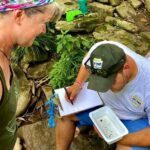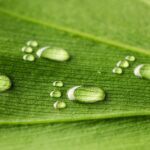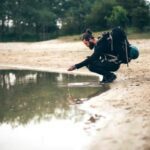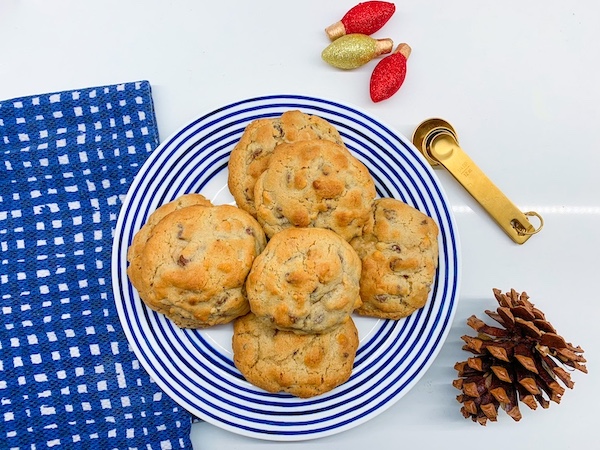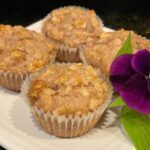The Human Tide by Paul Morland
Morland shows through demography (the study of population) how periods of rapid population transition shaped the course of world history.
Read More
Select Page
Morland shows through demography (the study of population) how periods of rapid population transition shaped the course of world history.
Read MoreA gripping tale of a 1,000 year fishing spree, Cod A Biography charts the rising demand for cod and how it led to its near-extinction.
Read MoreWritten by Carole Lindstrom, We are Water Protectors teaches young readers why water is important and must be protected.
Read MoreBlue Mind reconnects us to the natural world and demonstrates how essential water is to our lives and our wellbeing.
Read MoreLearn how to transform a portion of your yard into a bountiful garden that works through the seasons in The Backyard Homestead.
Read MoreBeautifully photographed, Greenfeast features over 110 recipes for spring and summer’s bounty, all prepared in under 30 minutes.
Read MoreStefano Mancuso’s book reads like a fiction travel log but it is an incredibly true account of the incredible journey of plants.
Read MoreAnimal, Vegetable, Miracle merges journalism with personal memoir as Kingsolver records her decision to only consume what she could grow.
Read MoreWilliams offers a fascinating investigation into the benefits of spending time in nature and practical tips for how to do so.
Read MoreDeeply moving, Earth Keeper reminds us how to love, celebrate, and preserve the natural world and appreciate indigenous culture & traditions.
Read MoreConnect with the natural world around you and learn more about birds – what they eat, why they sing, how they fly, where they nest and more!
Read MoreIt may seem like we are too small to make a difference, but we can each do 50 simple things to help the environment.
Read More
